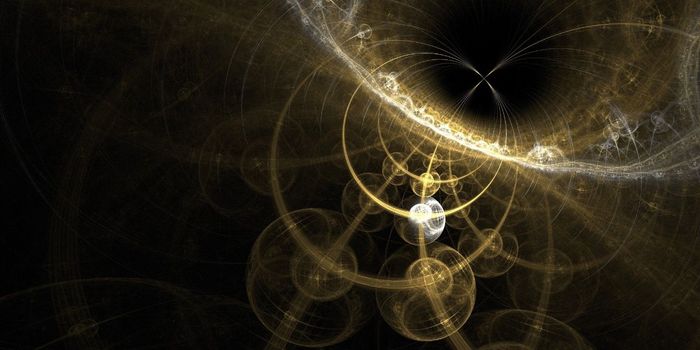A long time ago, in a galaxy far, far…OK, not really, it was on Twitter. Physicist Neil Degrasse Tyson and British physicist Brian Cox began a discussion on how light sabers would work in real life. Would it be the same as it was in the Star Wars movies? Tyson asserted that since the beams were made of light, when two sabers crossed and came in contact they would pass through each other rather than bounce off. Brian Cox said no, there was a very specific process that would happen.
Cox explained that in particle accelerators, when photons collide, there's a good chance that the energy of each will cause them to "kick off each other." It's the energy that matters. In every day life there are particles in the air and all around us and they don't interfere with motion or vision or much else. At higher energies however, the laws of particle physics come into play and photons do interact on each other. Our world is filled with microwaves, radio waves and other energies, but these don't have the level of energy that photons in cosmic rays have. A light saber would have to possess these high energy particles and naturally would have a higher likelihood of creating these impacts between sabers.
While they initially disagree, both Cox and Tyson appreciated that the "light saber battle" had taken place in an environment where others chimed in and the result was a quality discussion on particle and cosmic ray physics.








